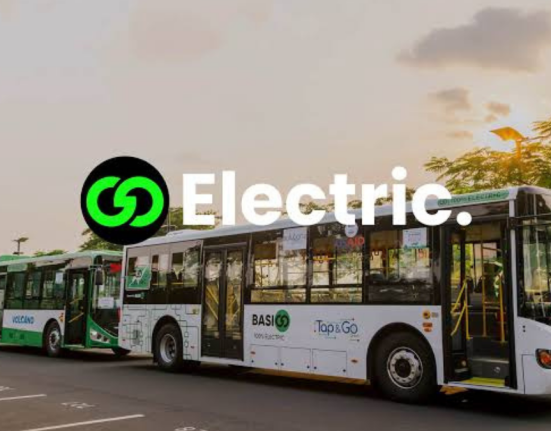The revenue from Nigeria’s electricity distribution businesses (DisCos) totaled N761.2 billion in 2021, up 44.5 percent from the N526.8 billion reported the year before. Data recently issued by the National Bureau of Statistics support this (NBS).
The cost of electricity increased from 22,042.28 Gigawatt hours (Gwh) in 2020 to 23,360.59 Gwh in 2021, a 5.98 percent increase. Similar to this, the number of subscribers with metered service increased by 36.2% from 3.51 million in 2020 to 4.77 million in the review year.
On the other side, the expected number of billing clients dropped from 6.86 million to 5.74 million in 2021, a 16.32 percent fall year over year. Notably, Yola Electricity Distribution Company generated the least amount of money in the reviewed year, N9.8 billion, while Ikeja Electric Distribution Company (IEDC) generated the maximum amount, N155.01 billion.
Due to the government’s recent mass metering plan, the percentage of consumers who are metered climbed from 33.8 percent in 2020 to 45.4 percent in 2021.
In an effort to ensure that the majority of Nigerian consumers are metered, the Nigerian government has increased measures to support the electrical business recently. During his most recent MPC briefing, CBN Governor Godwin Emefiele stated that the apex bank has disbursed N4708 billion for the purchase and installation of 865,956 meters.
The customer base of the Abuja and Ikeja Electricity Distribution companies saw declines of 12.5% and 13.8% in 2021, respectively, which contributed significantly to the overall increase in customers from 10.37 million to 10.51 million.
Ikeja Electric had the fewest anticipated bills, with 248,055, while Ibadan Electric had the highest, with 1.3 million users and 726,176 expected bills as of December 2021.
Except for Yola Electricity Distribution Company, which reported a 7.9 percent fall in sales, the distribution businesses all saw growth in their top lines. Given that the amount of energy billed did not rise at the same rate as the income, the increase in the revenue of the other companies was instead the result of an increase in electricity pricing.




Leave feedback about this